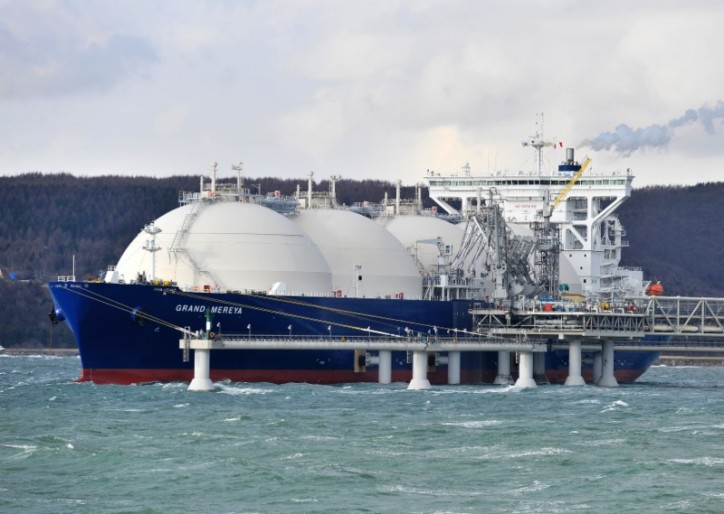The Gazprom Board of Directors took note of the information about the prospects of the shale gas and LNG sectors around the world, as well as the opportunities and threats facing the Company.
It was noted that, according to most projections, global shale gas production was likely to be concentrated primarily in North America in the mid- and long-term.

In 2016, the increase in shale gas output in the United States was marginal, while the total U.S. gas production showed negative growth for the first time since 2005. Economically speaking, the shale industry has yet to turn a profit, which adds to the debt burden of shale producers. Given the current production dynamics, the U.S. gas output may drop even lower by the end of 2017.
Canada’s shale gas sector continues to develop at a very slow rate due to limited possibilities for monetizing gas and the availability of other, cheaper gas resources.
Despite the positive outlook, China’s shale industry is lagging behind the stated objectives. The only way to achieve robust growth is to discover a large number of substantial deposits and to considerably reduce production costs in the shale gas sector. Most experts maintain, however, that the Chinese shale industry will not affect the country’s growing dependence on gas imports in any significant manner.
Shale gas exploration in continental Europe was completed in 2016. As of 2017, there are no announced plans to resume exploration in the foreseeable future.
In their overview of LNG market trends, the meeting participants stressed that U.S. LNG was not globally competitive due to its high production costs. In this respect, the majority of international experts believe that the active LNG plants in the United States will not be used to their full capacity in the coming years. On top of that, only one final investment decision for a new LNG project was made in the U.S. in the period from the second half of 2015 to the present. This is indicative of the dwindling interest in U.S. LNG on the part of buyers, especially in the countries that can import pipeline gas. For instance, U.S. LNG accounts for less than 1 per cent of the total amount of gas consumed by European countries in the course of this year.
It was pointed out at the meeting that the largest growth in LNG consumption over the next 20 years was expected in Asia-Pacific. Europe will also experience an upturn in gas imports, chiefly due to a decline in indigenous production (which is also expected to spur the demand for Russian pipeline gas in the European market).
With LNG demand on the rise, Gazprom is making further efforts in this line of business. Documentation is being compiled for the third train of the LNG plant on Sakhalin Island (Sakhalin II project). The Company also signed the Heads of Agreement to set up a joint venture for the purposes of implementing the Baltic LNG project with Shell, Gazprom’s strategic partner. An LNG production, storage and shipment complex is being built in the neighborhood of the Portovaya compressor station.
The Management Committee was instructed to continue monitoring the prospects of the shale gas and LNG sectors around the globe.
Source: Gazprom